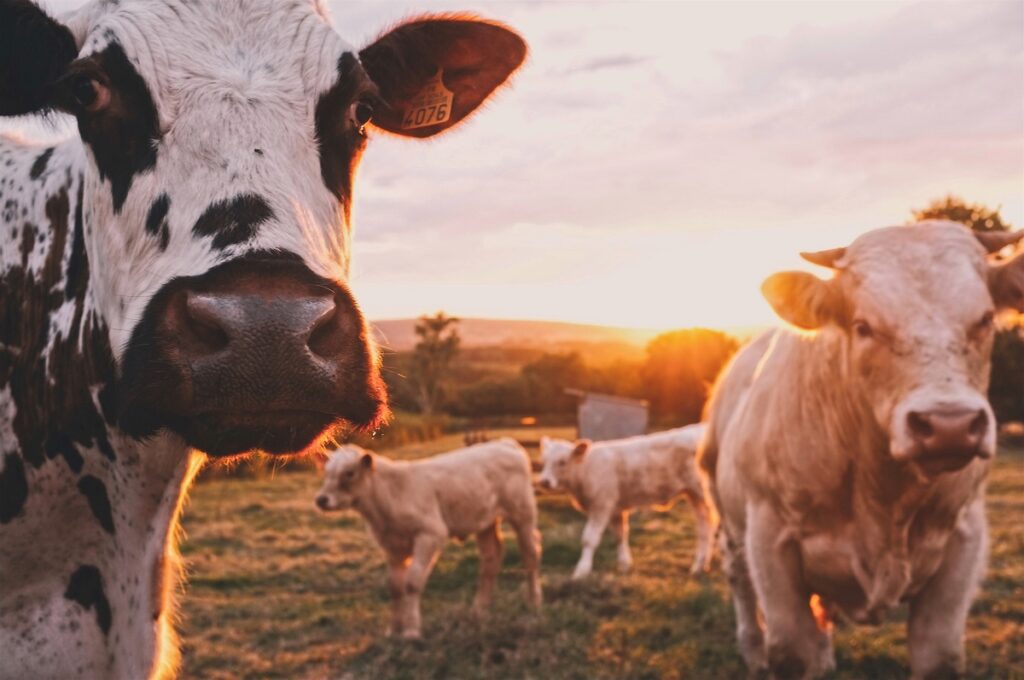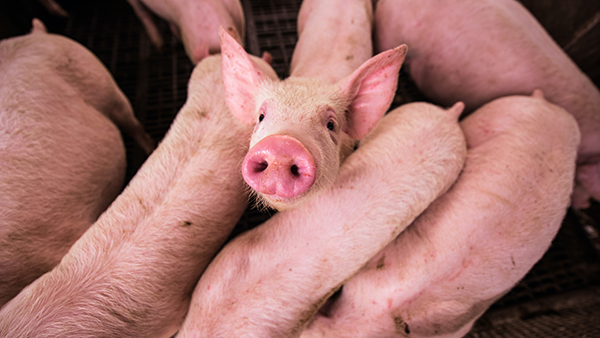Traditional breeding techniques used over thousands of years have allowed for gradual genetic improvements in agricultural animals. Gene editing, which enables the same kinds of improvements within one generation, requires reasonable regulatory approaches that allow society to reap the benefits of better farm animals, according to a recently published report.
“The animal production sector needs to genetically improve breeding and production stocks to increase efficiency and decrease losses, with the goal of producing more food with fewer resources,” says the report, published in the journal Transgenic Research. It provides a summary of a series of virtual international workshops for the animal biotechnology research, breeding, and regulatory communities, held over seven sessions from September to December 2020.
Scores of developments were highlighted in the workshops and the report, with just a few examples including:
- the GalSafe pig, which was recently used for the first successful transplant of a pig heart into a human;
- cattle bred with a lighter-colored coat, or shorter hair, to better withstand higher temperatures;
- pigs that are resistant to porcine reproductive and respiratory syndrome;
- cows whose milk does not have beta-lactoglobulin protein, one of the main allergens in cow milk;
- fish that grow faster, are disease and pest resistant, and have higher levels of healthy omega-3 fatty acids.
Regulatory hurdles
Despite the benefits of gene editing, the report outlines the challenges of achieving regulatory approval and consumer demand.
For example, the EnviroPig, which produces 60% less phosphorus in its feces, was approved for commercial production in Canada in 2012, “but the application for food approval in Canada and the United States was discontinued in 2012”, and the developer chose to abandon a project with such an uncertain future.
The only animal product resulting from gene editing that is approved as a food and reached the market is AquaBounty salmon, which was approved by the FDA in 2018 and has achieved consumer acceptance. But AquaBounty underwent an arduous journey to approval, which lasted more than 20 years. As a result, investors are wary of putting their money into similar advances in food production, the report says.
“Regulatory frameworks in some countries are costly and difficult to navigate, and can prove prohibitive to innovation, especially for academics and small companies developing technology,” the report says. Meanwhile, consumers are not yet convinced of the safety and benefits of gene-edited livestock.




